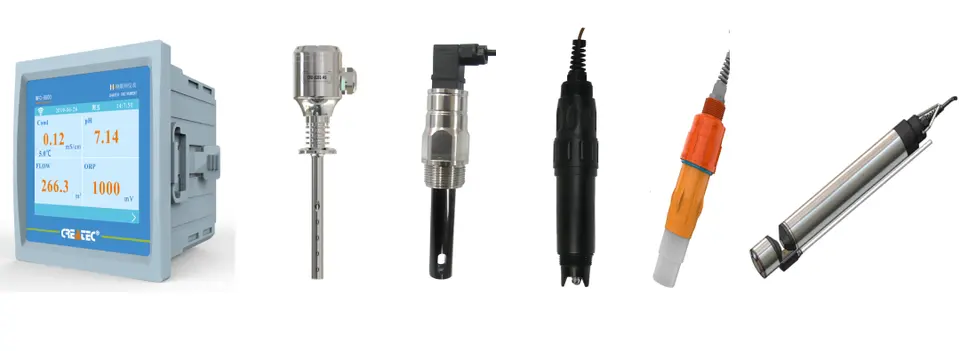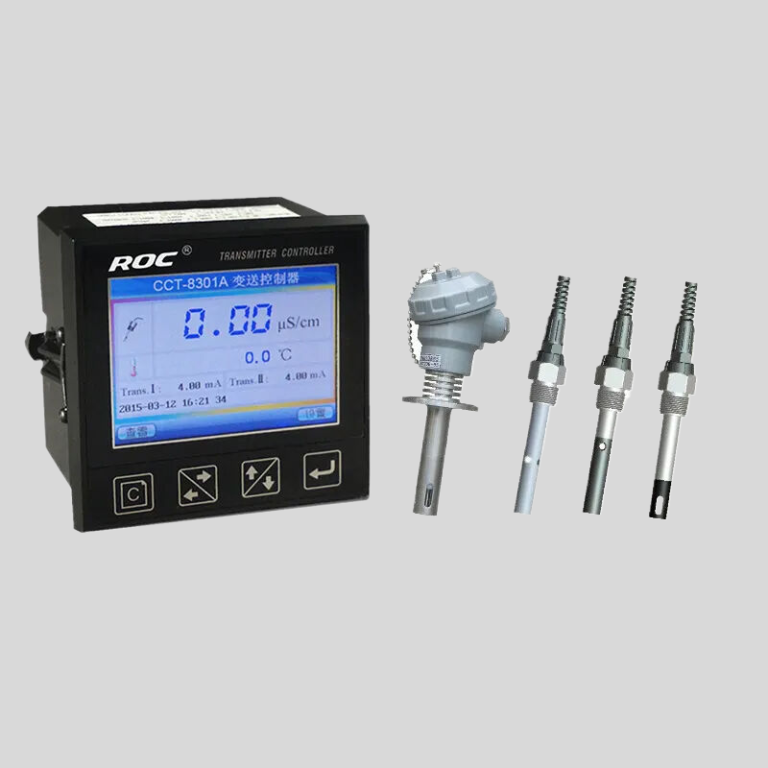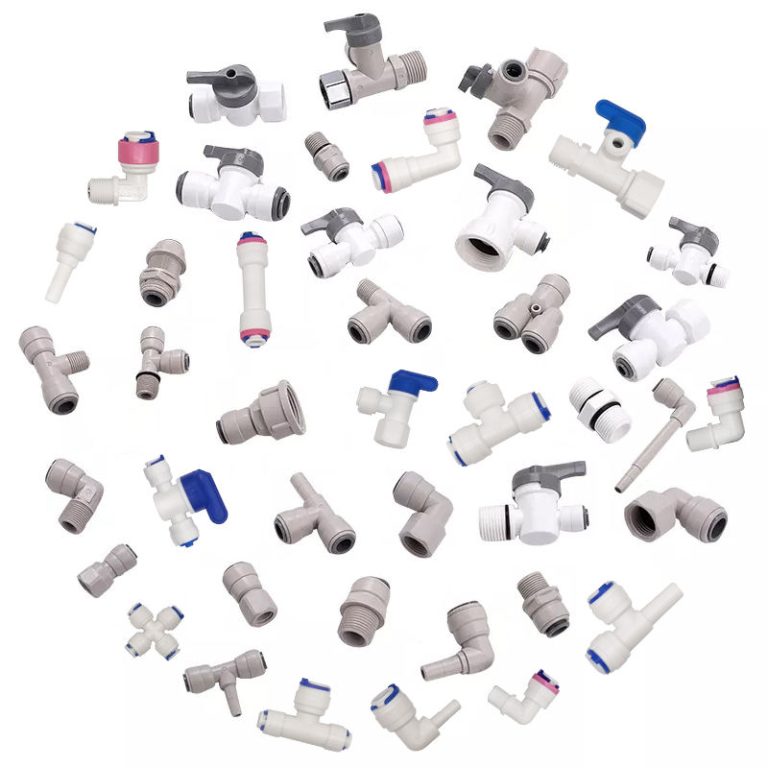“Clarity in every drop: Understanding water quality with turbidity testing.”
Understanding Turbidity Tests: What You Need to Know
Turbidity is a term used to describe the cloudiness or haziness of a fluid caused by suspended particles. In water, these particles can include sediment, algae, bacteria, and other contaminants. Turbidity is an important parameter to measure in water quality testing, as it can affect the appearance, taste, and safety of drinking water. One common method used to measure turbidity is the turbidity test.
A turbidity test is a simple and effective way to determine the clarity of a liquid by measuring the amount of light that is scattered or absorbed by suspended particles. The test is typically performed using a turbidimeter, which is a device that measures the intensity of light passing through a sample of water. The turbidimeter then calculates the turbidity of the water based on the amount of light that is scattered or absorbed.
There are several different methods for conducting a turbidity test, including nephelometric and turbidimetric methods. Nephelometric methods measure the amount of light scattered at a 90-degree angle from the light source, while turbidimetric methods measure the amount of light absorbed by the particles in the water. Both methods are commonly used in water quality testing to provide accurate and reliable results.

Turbidity tests are important for a variety of reasons. In drinking water treatment plants, turbidity tests are used to monitor the effectiveness of filtration systems and ensure that the water is safe for consumption. High levels of turbidity can indicate the presence of harmful contaminants in the water, such as bacteria or chemicals, which can pose a health risk to consumers. By regularly testing for turbidity, water treatment plants can ensure that the water they provide meets regulatory standards and is safe for public consumption.
Turbidity tests are also used in environmental monitoring to assess the health of aquatic ecosystems. High levels of turbidity in rivers, lakes, and streams can indicate erosion, pollution, or other environmental disturbances that can harm aquatic life. By monitoring turbidity levels in natural water bodies, scientists can identify potential sources of pollution and take steps to protect the environment and wildlife.
In addition to water quality testing, turbidity tests are also used in industrial applications to monitor the clarity of process water and wastewater. Industries such as mining, construction, and manufacturing often produce large amounts of wastewater that can contain suspended particles and contaminants. By regularly testing for turbidity, these industries can ensure that their wastewater treatment systems are functioning properly and that they are not releasing harmful pollutants into the environment.
Overall, turbidity tests are an important tool for monitoring water quality and ensuring the safety of drinking water, protecting the environment, and maintaining the efficiency of industrial processes. By measuring the clarity of a liquid and identifying suspended particles, turbidity tests provide valuable information that can help to prevent waterborne illnesses, protect aquatic ecosystems, and promote sustainable water management practices. Whether you are a water treatment plant operator, environmental scientist, or industrial engineer, understanding turbidity tests and their importance is essential for ensuring the health and safety of our water resources.







